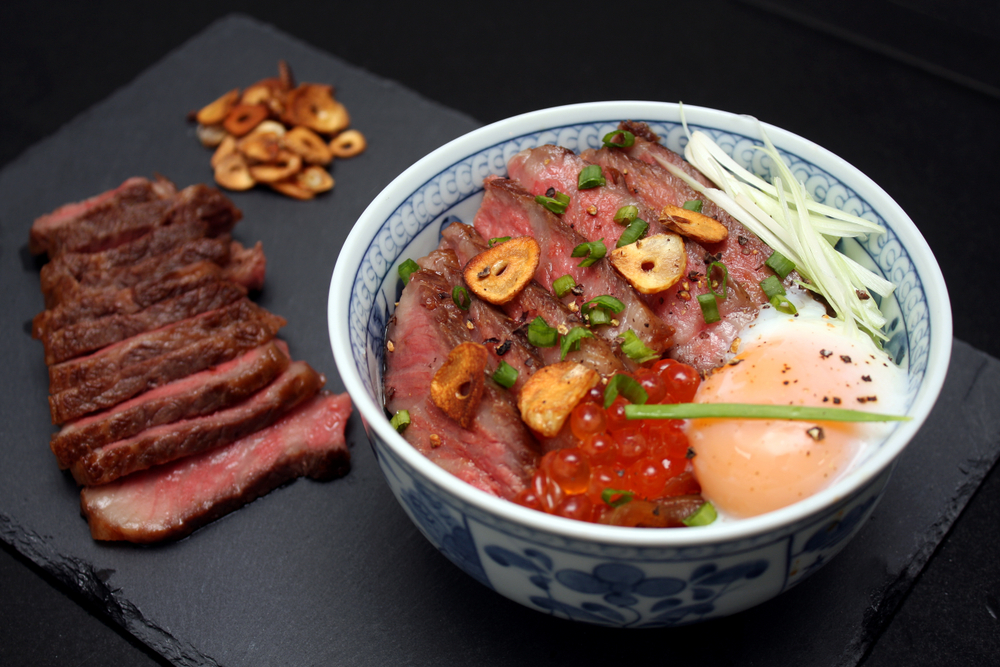The Onsen Egg – What is it?
If you love soft-boiled eggs, then it’s quite likely you’ll find Onsen tamago tasty, if not more so. But what is Onsen tamago, and what does it have to do with eggs? The term ‘Onsen tamago’ is Japanese for ‘hot spring egg’. This is because Onsen eggs are traditionally cooked in designated spots in hot springs in Japan.
Today, Onsen eggs have conquered palates in many countries outside Japan, and lovers of this delicacy swear that once you get a taste for Onsen eggs, there’s no going back. So if you’re thinking of making your own, then the information below should help.

Onsen Eggs – The Poached Egg Technique of the Gods
With Onsen eggs being a type of soft-boiled or poached egg, you might be wondering what makes them so special. Temperature plays a key role in the science behind Onsen eggs, so care is taken in the manner they are cooked. To create this tasty poached egg with a velvety, creamy egg white and slightly runny, custard-like yolk, it’s important to note that these egg parts cook at different temperatures.
The yolk of an egg only sets when it reaches a temperature of 70°C, whilst the egg white begins to firm up at 65°C. Therefore, if you can maintain the temperature of the surrounding water at approximately 76.6°C, you can cook the egg to a precise timing and achieve the desired consistency for the egg white and yolk. Making Onsen eggs is super easy, and you won’t even need a thermometer to cook them – whether you’re cooking just one or a big batch. You can also adjust their level of firmness simply by adding an extra minute or two to the cooking time.

Great Ways to Enjoy Onsen Eggs
The most basic and delicious way of serving an Onsen egg is by laying it on a bed of steaming white rice. Then top it off with some chilli oil and squeeze on Japanese mayonnaise (think Kewpie) according to your taste. For added flavour, garnish with some chopped scallions.
You can also enjoy Onsen tamago as a yummy side dish by serving it in a saucer and pouring a few teaspoons of some homemade sauce on top.To make the sauce, combine dashi (Japanese soup stock), soy sauce and mirin (Japanese rice wine) in a saucepan, then let boil until some of the liquid has evaporated. You can then refrigerate the sauce and use it to accompany your Onsen egg and a steaming bowl of rice. Or enjoy your Onsen egg with sauce on rice, chilli oil, chopped scallions and crumbled seaweed or seaweed flakes.
Onsen Egg on Ramen
- The Onsen egg pairs really well with another Japanese favourite: ramen. For the best ramen with Onsen egg, follow these tips:
- Put the ramen noodles into the bowl first.
- Crack the Onsen egg open over the ramen, carefully placing the egg at the centre of the bowl.
- Add any other toppings you want for your ramen in the outer section of the bowl.
- Pour the hot broth over the noodles, making sure to pour on the side of the bowl away from the egg. Doing this will prevent the hot liquid from breaking the white or yolk apart.


You can also add Onsen egg to a Caesar salad. Eat it with rice the traditional way and add a little soy sauce or some Japanese natto (fermented whole soybeans), kimchi and seaweed. Or pair it with a beef rice bowl.
And since Onsen egg is essentially a kind of poached egg, you can’t go wrong with enjoying it on a slice of toast or your favourite bagel.
Enjoy!
